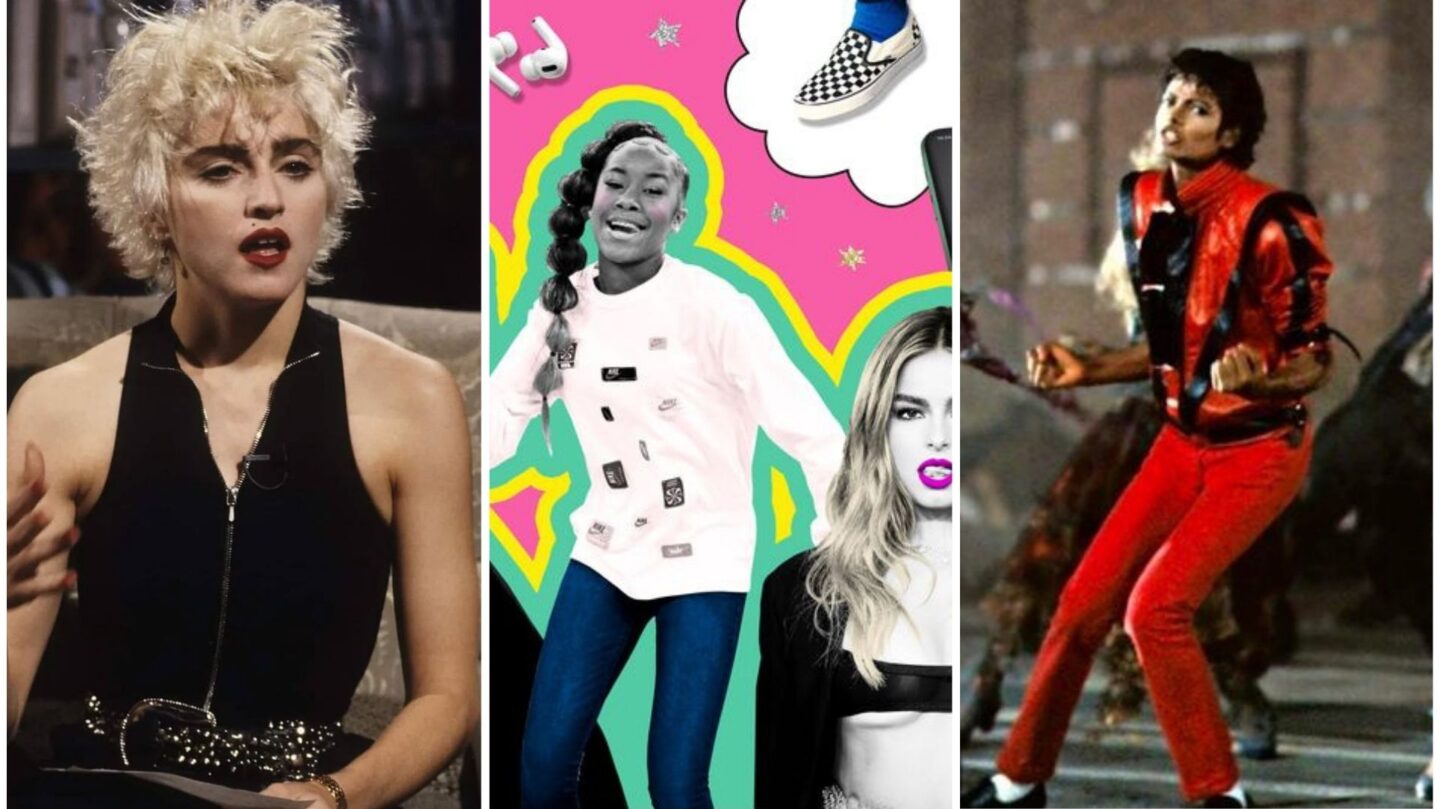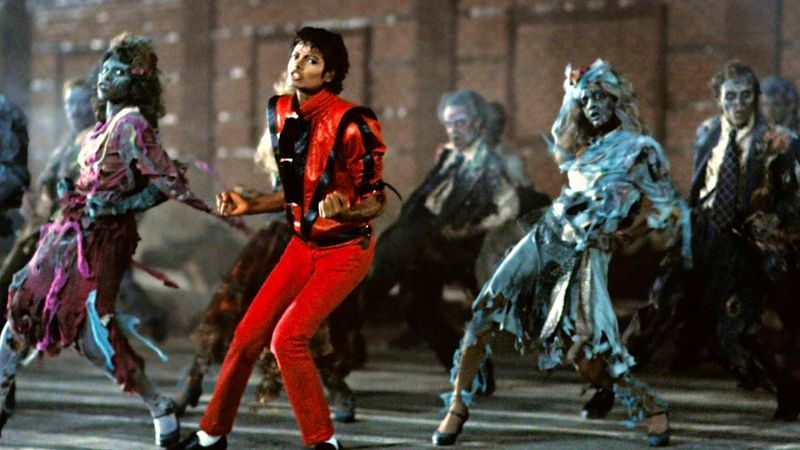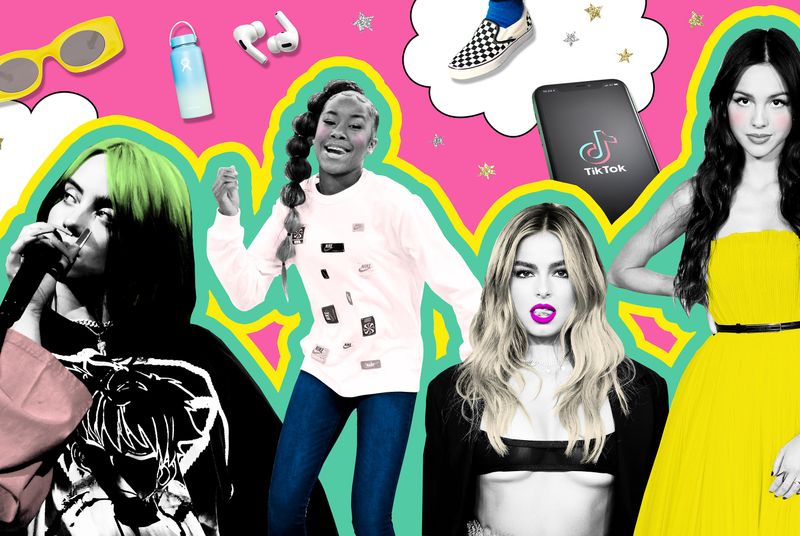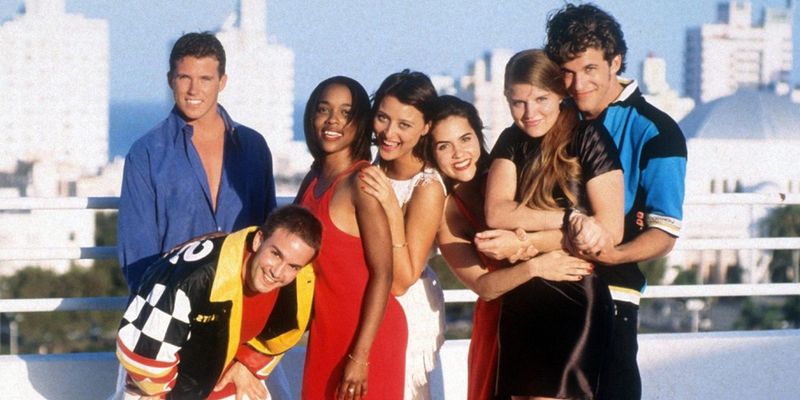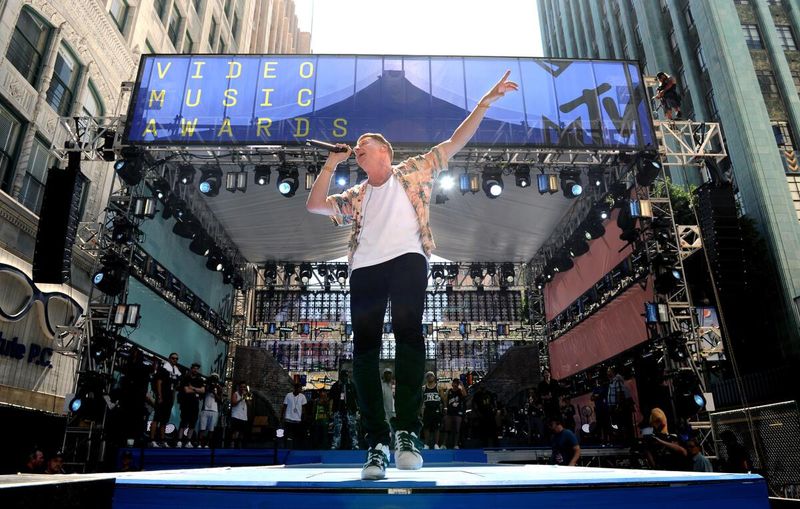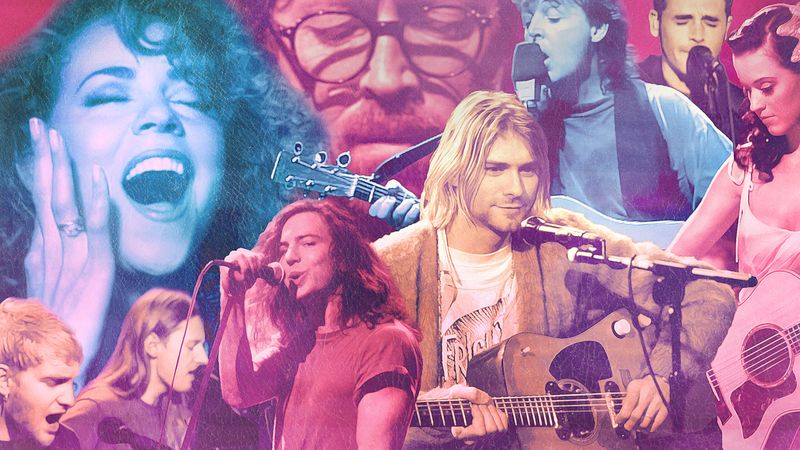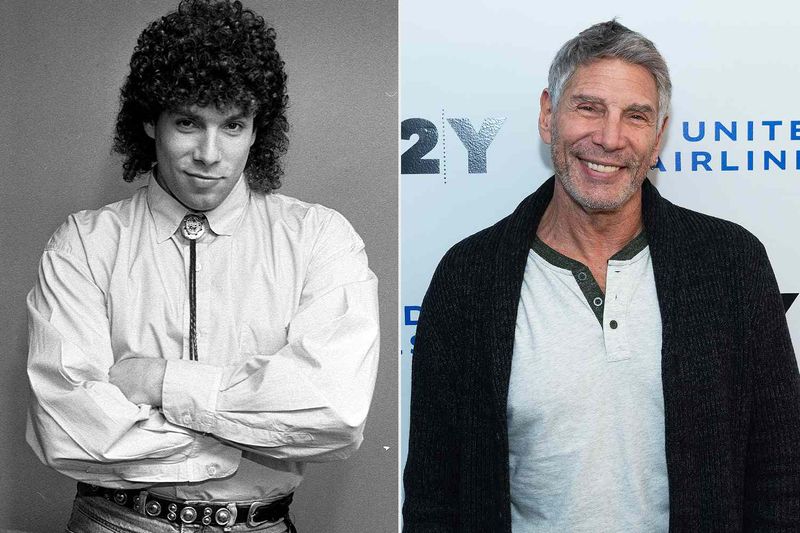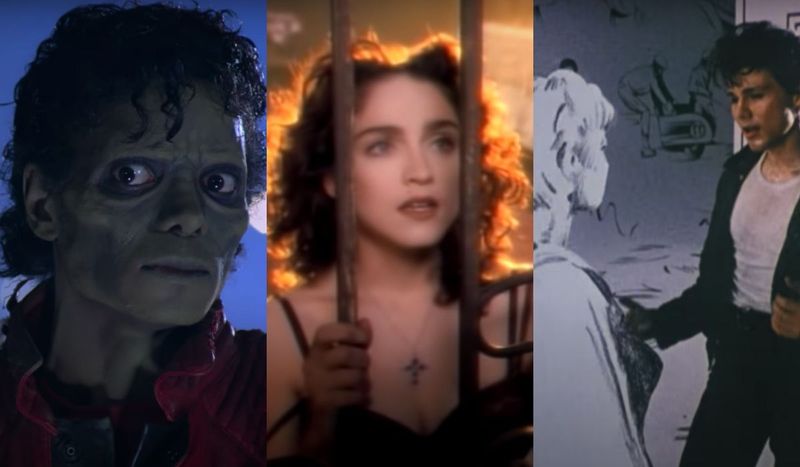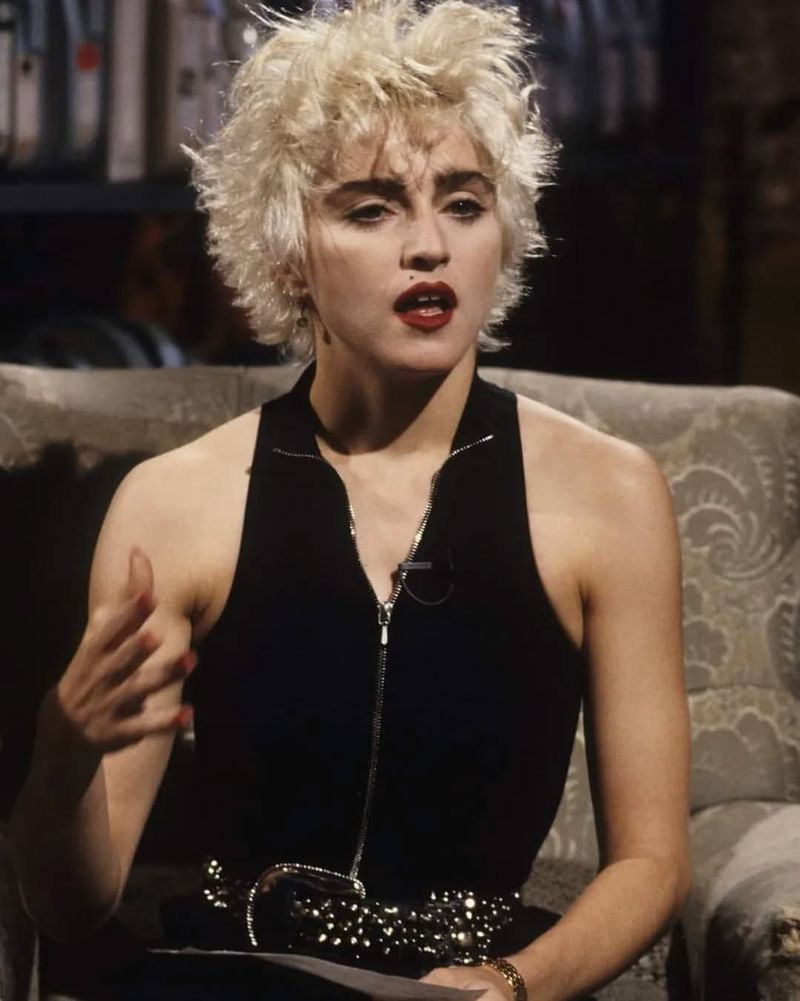The 1980s was a golden era for music lovers, and MTV was at the forefront of this revolution. Unlike TikTok today, MTV offered not just entertainment, but a cultural experience that defined a generation. Here are eight reasons why MTV in the ’80s was better than TikTok today.
Iconic Music Videos
MTV in the 1980s was synonymous with iconic music videos that revolutionized the music industry. Unlike the short, often repetitive clips on TikTok, these videos were crafted as mini-movies, offering narratives and artistic expression. Artists like Michael Jackson and Madonna used this platform to tell stories that captivated millions.
The creativity of these videos extended beyond mere entertainment. They became cultural phenomena that influenced fashion and social trends. MTV provided a space where artists could push boundaries and create lasting memories, something that TikTok’s fleeting content struggles to achieve.
Cultural Impact
MTV’s influence in the 1980s transcended music, permeating every aspect of pop culture. The channel became a tastemaker, dictating fashion, language, and even politics. Through shows like “MTV News” and “Beavis and Butt-Head,” MTV shaped the way young people perceived the world.
Unlike TikTok, which often feels disjointed, MTV provided a cohesive cultural experience. It brought people together, creating a shared cultural identity. The depth of its impact is still felt today, making it clear why MTV’s legacy is so enduring compared to TikTok’s transient trends.
Groundbreaking Shows
MTV was not just about music; it introduced groundbreaking shows that defined a generation. Programs like “The Real World” pioneered reality TV, offering a platform for real people to share their stories. Unlike the often superficial content on TikTok, these shows explored meaningful themes.
These programs tackled issues such as race, sexuality, and social justice, encouraging viewers to think critically about their world. MTV’s shows were more than entertainment; they were conversation starters that inspired change, a stark contrast to the ephemeral nature of TikTok videos.
Live Events and Concerts
MTV revolutionized the way people experienced live music by broadcasting concerts and events like “MTV Unplugged” and the “Video Music Awards.” These events were more than performances; they were spectacles that captured the essence of live music.
The immediacy and excitement of live events on MTV can’t be matched by TikTok’s digital realm. Watching an artist perform live as part of a larger community created connections and memories that a quick scroll through TikTok simply cannot replicate. MTV made music an event, a celebration, something that stands in stark contrast to TikTok’s fleeting clips.
Music Discovery
MTV in the ’80s was a hub for discovering new music. Unlike TikTok’s algorithm-driven suggestions, MTV curated a diverse playlist that introduced viewers to a wide array of genres and artists. This exposure helped launch the careers of countless musicians who might otherwise have remained unknown.
The thrill of discovering new music on MTV involved more than just passive listening; it encouraged active engagement with the music. Fans formed communities around artists and genres, fostering a deeper appreciation that TikTok’s rapid-fire content often lacks. MTV’s role in music discovery remains unrivaled by today’s standards.
Influential VJs
MTV’s video jockeys (VJs) were cultural icons in the 1980s, guiding viewers through the latest music and trends. Unlike TikTok influencers who rely on algorithms, VJs were personal, engaging, and had a direct connection with their audience.
These VJs became trusted tastemakers, whose personalities and insights were as much a part of the MTV experience as the music itself. They provided context and commentary, enriching the viewing experience. This personal touch is something TikTok struggles to replicate, as its content often feels impersonal and detached, lacking the charisma that made MTV so appealing.
Music Video Aesthetics
The aesthetics of 1980s music videos on MTV were revolutionary, setting trends that defined the decade. Unlike TikTok’s often raw and unpolished style, MTV videos were high-production masterpieces that combined music, fashion, and visual art.
These videos were meticulously crafted, with directors experimenting with new techniques and styles. The result was a vibrant, visually stunning experience that left a lasting impression. MTV’s commitment to artistic quality and innovation in music video production set a standard that TikTok’s brief and casual clips struggle to meet, highlighting the depth and creativity of the ’80s era.
Artist Development
MTV played a significant role in artist development, offering musicians a platform to evolve and mature their craft. Unlike TikTok, where content can be superficial, MTV encouraged artists to experiment and express their true artistic vision.
By providing consistent exposure, MTV enabled artists to build lasting careers and grow with their audience. This focus on genuine artistry and growth is something that TikTok’s quick-hit virality often overlooks. MTV’s dedication to nurturing talent helped create a generation of artists who defined an era, something that TikTok’s transient nature rarely allows.
